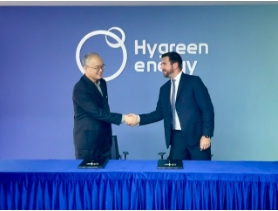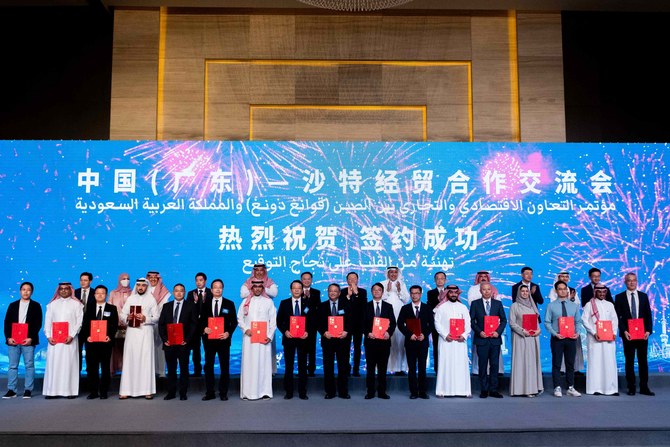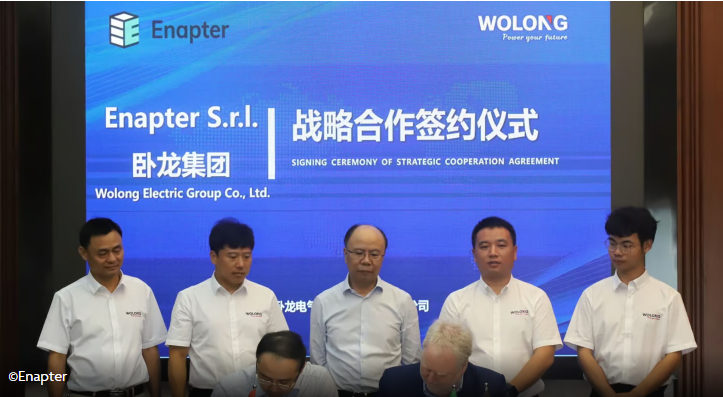
Analysis carried out in Wood’s Hydrogen: 5 things to look for in 2025, revealed that this is based on the increasing demand for green hydrogen and the competitive edge that Chinese electrolysers offer in terms of cost, manufacturing capacity, and shorter delivery times.
“[China’s] successful track record in markets like the Middle East, Southeast Asia, North Africa and Australia, coupled with their cost advantage, makes Chinese electrolysers an appealing option for projects in these regions,” the report wrote.
“Chinese OEMs are ramping up production with over 10GWe of new manufacturing capacity expected to come online in 2025, positioning themselves well for global expansion.”
Despite the European Commission imposing restrictions on electrolyser sourcing in the second European Hydrogen Bank (EHB) auction, there are still opportunities for Chinese manufacturers.
“This is particularly true if bid prices align with the low levels seen in the first round,” Wood remarked, referencing the €0.37-0.48 ($0.39-0.50) per kg of hydrogen.
“This could make Chinese alkaline electrolysers competitive, with developers potentially opting for them over other options, bypassing the auction grant.
“Some Chinese OEMs have also adopted localisation strategies, such as technology licensing and co-investing in manufacturing within Europe, which could help reduce trade barriers and foster positive local economic impact.”
Norwegian company HydrogenPro warned, however, that restrictions on Chinese electrolysers could drive up green hydrogen project costs and further impede project development.
The report added that challenges remain for Chinese electrolysers in Europe, “including concerns around after-sales service, geopolitical risks, and potentially financing barriers for European developers.”
“As a result, Chinese electrolysers are likely to secure only smaller orders in Europe,” it continued, “typically in the 1-digit to 2-digit Mwe range, due to issues related to trust, brand recognition, and regulatory challenges.
“These risks are barriers to trade that will be mirrored in North America, particularly in the US, with uncertainty on the incoming administration’s tariff actions.
“Faced with these uncertainties and the limited prospect of exporting to the US, Chinese manufacturers are shifting their focus to markets in Latin America, the Middle East, and Southeast Asia, where they can capitalise on favourable conditions and avoid restrictions,” Wood concluded.







